Camp Lejeune is a United States Marine Corps base in Jacksonville, North Carolina. Camp Lejeune has made headlines recently as it has been revealed that over one million people stationed there between 1953 and 1987 may have been exposed to toxic substances in the water.
These lawsuits follow the Camp Lejeune Justice Act (CLJA) in 2021, which provides the victims of Camp Lejeune’s water contamination a right to sue. Were you or someone you know stationed at Camp Lejeune between 1953 and 1987? If so, be aware of your rights and what compensation may be owed for your injuries or a loved one’s wrongful death.
What Happened at Camp Lejeune?
It is estimated that approximately one million people were exposed to contaminated water at Camp Lejeune between 1953 and 1987. This water contamination stemmed from various sources, including spills and leaks from underground storage tanks, waste disposal sites, local businesses, and on-site contamination.
Testing of Camp Lejeune’s water revealed Volatile Organic Compounds, which included degreasers, gasoline, dry cleaning solvents, and dozens of other dangerous chemicals. These chemicals include:
- Benzene trichloroethylene (TCE)
- Tetrachloroethylene
- Perchloroethylene (PCE)
- Vinyl chloride (VC)
These carcinogens are known to cause cancer in humans. Consequently, thousands of people now have cancer as a result of ingesting numerous cancer-causing chemicals.
Exposure to contaminated water can arise through various means:
- Drinking the contaminated water
- Cooking food with the contaminated water
- Using contaminated water to clean
- Bathing in the contaminated water
Medical Conditions Accepted
While the total settlement payouts to Camp Lejeune exposure victims are estimated to be approximately $6.7 billion dollars and possibly more, the individual settlement amounts vary depending on the injury. The size of each individual settlement is based on the severity of the illness and can be separated into three different tiers.
Tier 1
Tier one settlements include the most severe form of illnesses that may be attributed to Camp Lejeune and will award the highest settlement amount. The illnesses in tier one include:
- Bladder cancer
- Breast cancer
- Esophageal cancer
- Kidney cancer
- Leukemia
- Liver cancer
- Lung cancer
- Multiple myeloma
- Non Hodgkin’s lymphoma
- Parkinson’s Disease
Other fertility, pregnancy, and infant injuries that are in tier one include female infertility and miscarriage.
Other illnesses that are in tier one include aplastic anemia, hepatic steatosis (fatty liver disease), myelodysplastic syndromes, neurobehavioral effects, renal toxicity, and scleroderma.
Tier 2
Tier two settlements include other serious cancers and defects that may be attributed to Camp Lejeune. These illnesses include:
- Appendix cancer
- Brain cancer
- Bile duct cancer
- Central nervous system cancer
- Cervical cancer
- Colorectal cancer
- Gallbladder cancer
- Hodgkin’s lymphoma
- Intestinal cancer
- Ovarian cancer
- Pancreatic cancer
- Prostate cancer
- Rectal cancer
- Sinus cancer
- Soft tissue sarcoma
- Spinal cancer
Other fertility, pregnancy, and infant injuries that are in tier two include birth defects, cognitive disability, congenital malformation (microcephaly), and conjoined twins.
Other illnesses that are included in tier two include autoimmune diseases, cardiac defects, end stage renal disease, epilepsy, kidney damage, nerve damage, and oral cleft defects.
Tier 3
The third settlement tier includes those who faced exposure to contaminated water at Camp Lejeune but do not display any apparent illnesses or, alternatively, those who have an illness that is not listed in either of the above-mentioned tiers. If you are one of the people in tier three, you are still entitled to a smaller settlement amount which includes medical monitoring.
Medical Monitoring
Traditionally, courts required people who were exposed to toxic substances to show proof of harm to be awarded damages. Recently, courts have dropped this requirement and will now award damages in cases where exposure has not yet caused injuries but is likely to do so in the future. This is especially important for victims exposed to water contamination at Camp Lejeune, as many illnesses may yet arise despite the exposure taking place decades ago.
One of the settlement agreements that courts award is medical monitoring stipulations. Under these agreements, those exposed to toxic substances may receive free medical monitoring for life to ensure that if any illness arises, it may be addressed before it evolves into something more serious.
How to File a Claim
You or someone you know must have been exposed to contaminated water at Camp Lejeune for a minimum of 30 days between August 1, 1953 and December 31, 1987. There is no requirement that you have any apparent illness or that your illness is one listed in the above-mentioned tiers one and two.
If you believe you or someone you know meets any of these requirements, lawyers at Van Law Firm can walk you through your options, provide valuable legal expertise, and give you the compensation you are rightfully owed.
Client Testimonials
Related Videos











